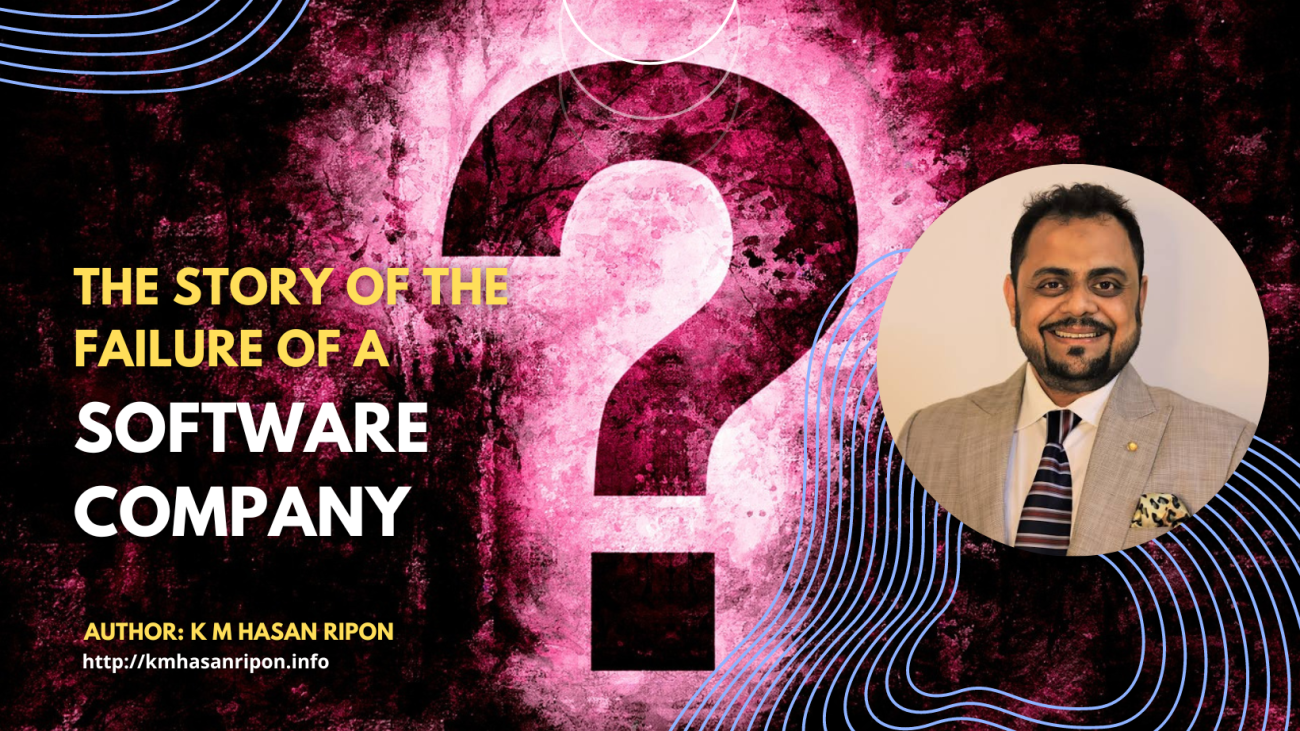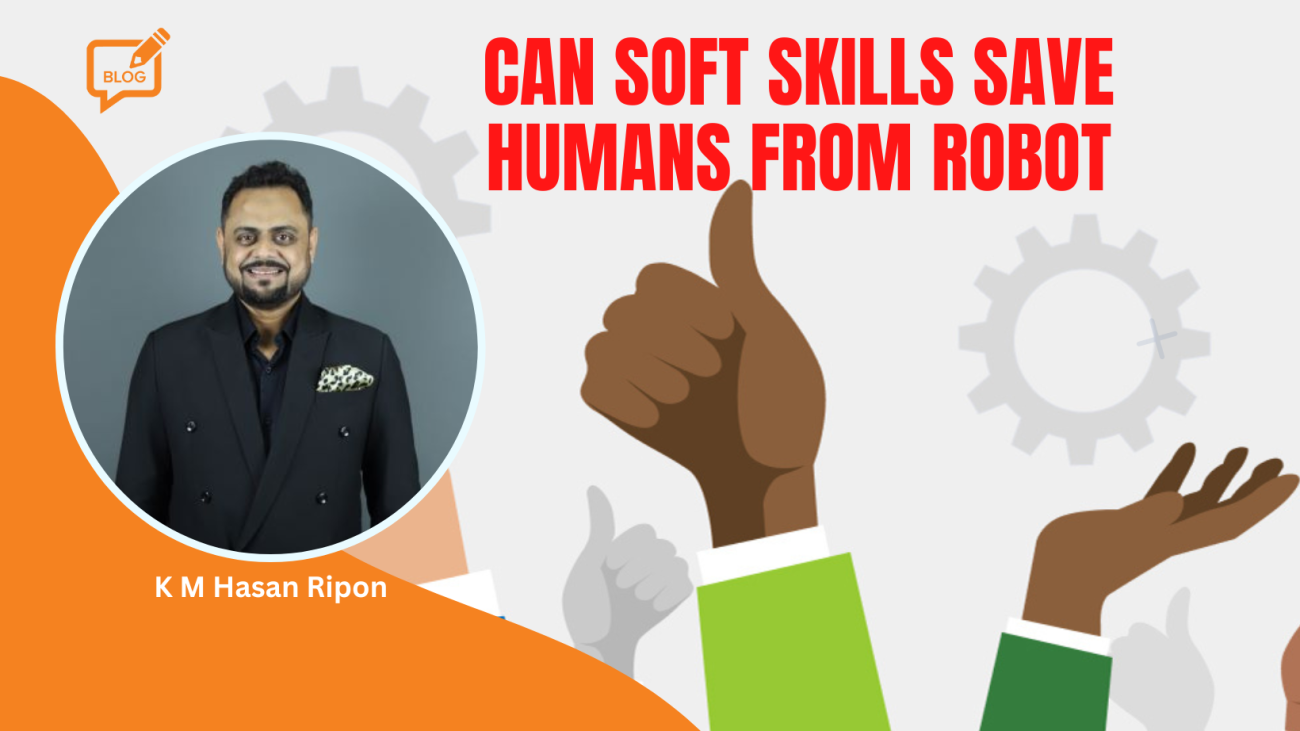Ignoring the priority of customers
Your staff should put the requirements of the customers and assisting them in achieving their objectives first. But occasionally, customer success managers (CSMs) put corporate development ahead of customer success, which is a common error in customer experience. While driving clients along the sales funnel may be advantageous for your business, it doesn’t encourage customer success and might turn customers off. It’s critical to show your consumers that you actually care about them and how your product or service may help them accomplish their goals in order to avoid making this error.
Example of MoviePass.
Customers of MoviePass, a subscription-based company, may see one film every day for just $10 per month. However, the firm discontinued its service and is unsure of its future when the Better Business Bureau received more than 1,500 complaints. One of the complaints that went viral was from a San Francisco client who had their account abruptly and without warning canceled. She subsequently found out that watching a “premium movie” violated the rules and conditions, resulting in the termination of her membership. This illustration shows how MoviePass put its own success above the comprehension of its customers and could have averted misunderstanding by being transparent about its policies from the beginning.
Not A CSM Leader Who Is Committed
An effective customer experience strategy requires strong CSM leadership. These team captains control team output and give CSMs the resources they need to help clients. It’s critical to choose the right leader for your company if you want it to expand.
American Airlines, for instance. When a traveler boarded an American Airlines aircraft, a flight attendant requested him or her to get off because the cello was thought to be “too big.” Due to a miscommunication, airport police later encircled the passenger. When it was eventually discovered that the airline’s regulations authorized the instrument, it was determined that the customer should have been able to board the original aircraft. This episode highlights how crucial it is to have a committed CSM leader who is knowledgeable about all processes, regulations, and rules and who can serve as a quick source of information when conflicts arise.
Lacking proactively serving customers
Together, customer success and support can deliver the finest experiences. They are essentially different, though. While customer success is proactive, looking to foresee and fix issues before they arise, customer support is reactive, responding to questions with responses. A solid customer success strategy is built on being proactive. Customers will feel appreciated if they receive regular communication, use conversational marketing techniques, and receive assistance along the way.
Example: An incident involving a phony Facebook account made by a user impersonating Target Target’s customer support team occurred. This impersonator made fun of clients who had issues with the business’s new gender-neutral signage. Target should have taken preventative action by designating customer service representatives to keep an eye on social media platforms and foresee what customers could say. They might not have been able to stop the bogus account from being made, but they could have been able to lessen the effects of the scenario with early discovery.
Over engaging Your Clientele
Even though interaction with clients is essential, going overboard with it can backfire and be more annoying than useful. Over-engagement frequently results from uncertainty, and CSMs attempt to get in touch with clients who are silent to make sure they aren’t experiencing any problems. To the detriment of other clients who might actually need assistance, this might result in time wastage. In order to avoid upsetting consumers or wasting agents’ time, finding the ideal engagement balance is crucial.
Comcast, for instance, In order to satisfy a customer’s demands, even account cancellation may be necessary. When a client wanted to discontinue their account, a Comcast agent tried to talk them out of it rather than help them with the cancellation procedure. This mistaken dedication to maintaining client engagement led to a bad experience and drew unfavorable media attention.
Setting ambiguous expectations
Customers will doubt your credibility if you make promises that are unattainable or impractical to fulfill. When you miss a deadline, it decreases trust in your capacity to produce on time. Customers can measure you by a standard that you set by having clear and attainable expectations. Customers will assume you either forgot about them or didn’t appreciate their demands if you offer something and then fail to fulfill. Customers should be quickly informed whenever you are unable to achieve a deadline or expectation in order to minimize this.
Company as in Amazon Unintentionally, a consumer on Amazon spent $88 on an item that really cost $7,455 to delivery. The order was not refunded by Amazon because it was delivered on time, despite several complaints and calling customer support. Before Amazon agreed to compensate the consumer, it took two and a half months and media coverage. Regardless matter how long a customer has been a client of your company, this occurrence emphasizes the value of continually offering excellent customer service.
Building silos for customer success
Silos in customer success develop when teams and departments don’t communicate goals and information, which impedes the delivery of seamless customer experiences. You cannot integrate customer data to understand how consumers benefit from your product, for instance, if sales, marketing, and customer success don’t communicate with one another. For the purpose of achieving corporate objectives and providing superior customer experiences, silo-busting through cross-functional collaboration is essential.
Company Illustration: Spectrum An internet-setup maintenance visit was scheduled by a Spectrum client. When the repair worker didn’t arrive, she called support, who informed her that the worker was on the way. When they couldn’t enter the building, the employee eventually departed. The next appointment was in 15 days, and she would still be charged, the consumer was informed when she phoned assistance once again. She terminated her subscription out of frustration and changed to a rival. This might have been avoided by coordinating the maintenance and customer care teams.
Generalizing specific client outcomes:
Customer experiences that are general undercut customization and fall short of satisfying their unique demands. client success depends heavily on treating each client result differently depending on their own goals and preferences. To provide individualized advise and quicker replies, make sure your staff has appropriate knowledge of each customer. You may also define customized KPIs in your CRM.
Samsung is one such business. client care was contacted by a Samsung client who needed to be home to sign for a parcel but couldn’t afford to leave work. Instead of rigorously sticking to business policy, the customer support agent ought to have taken the matter up with a management to discuss possible exceptions. Negative feedback on Reddit resulted from not meeting the customer’s demands.
Approaching consumers that Are a Bad match:
It is pointless to put time and effort into forming connections with consumers that are a bad match. Early detection and withdrawal from prospects who are a poor fit are crucial. To spot bad-fit prospects and stop them from becoming expensive clients, work closely with the sales and marketing departments.
Propose is a company example. The CEO of Proposify made the decision to “fire” a client who had a history of complaining about the program and making unreasonable requests. The CEO wrote a thorough email in which he admitted fault, apologized, offered a refund, and even provided alternatives from other companies. By taking this action, you won a devoted supporter who saw your commitment to the interests of the consumer.
Adopting a new customer success strategy takes work, but prioritizing customers, being proactive, keeping your word, dissolving silos, and investing in leadership are essential first steps.










